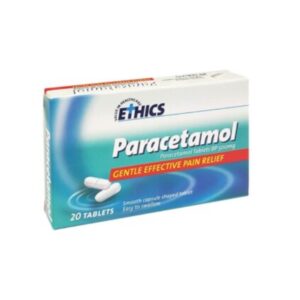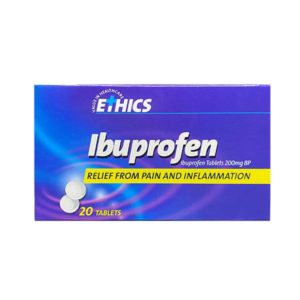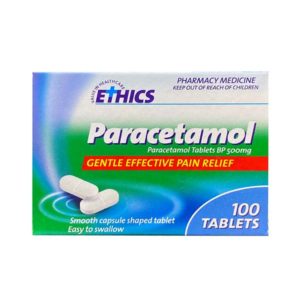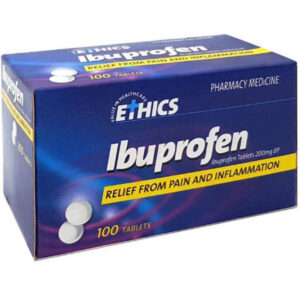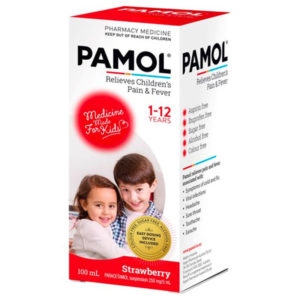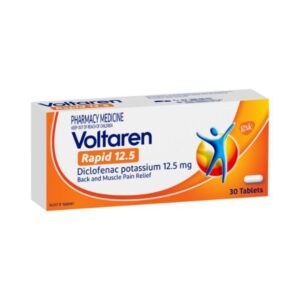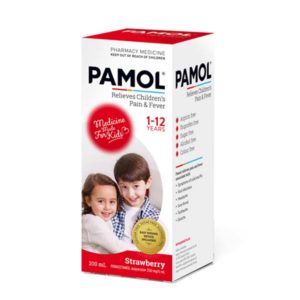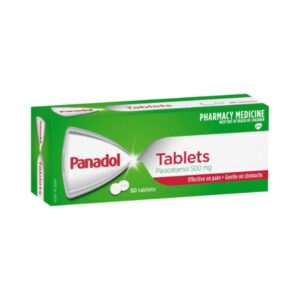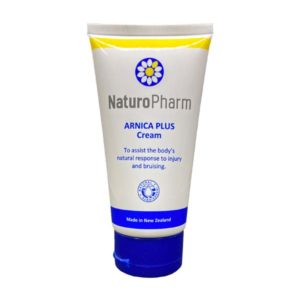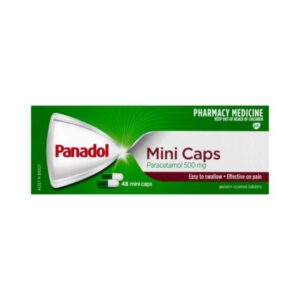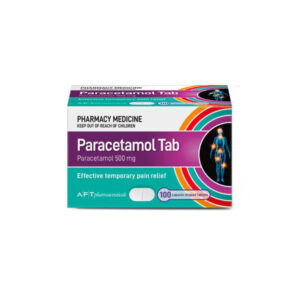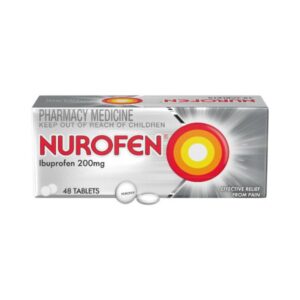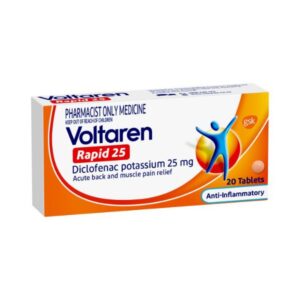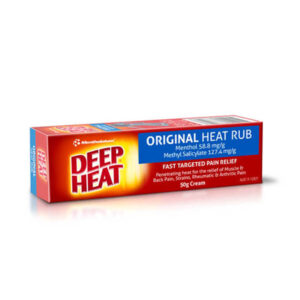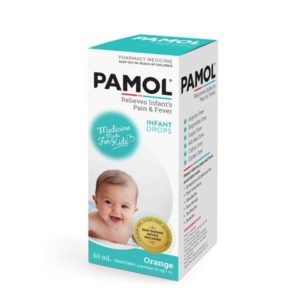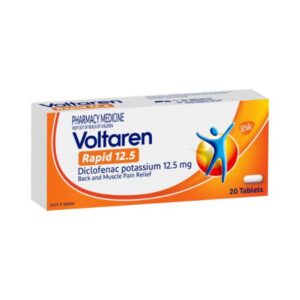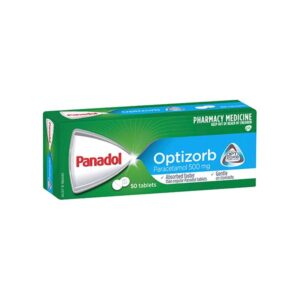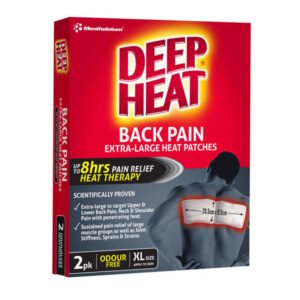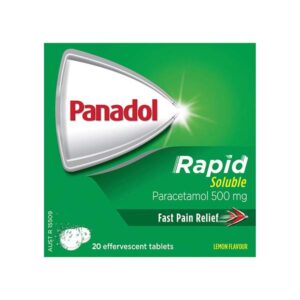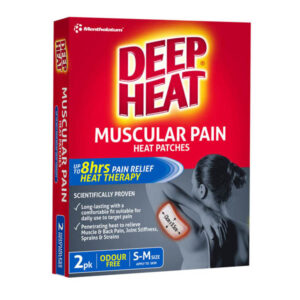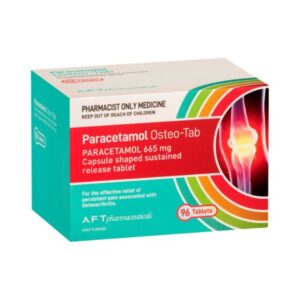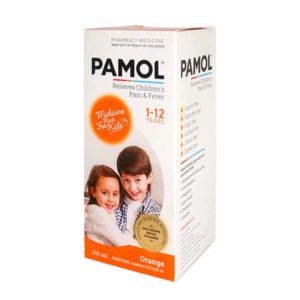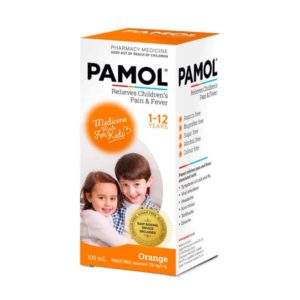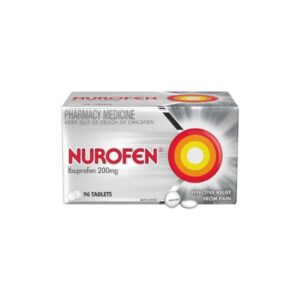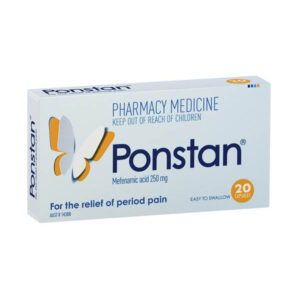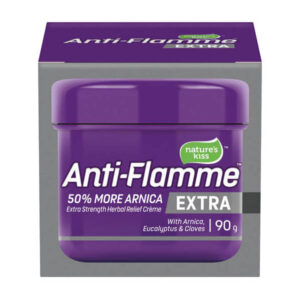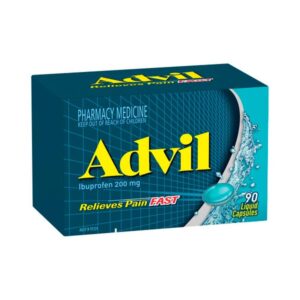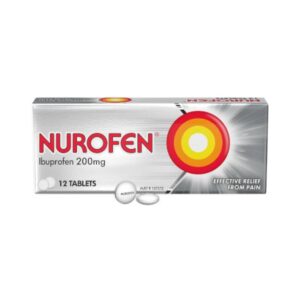
- 0508 966 622
- help@zoompharmacy.co.nz
- Mon - Fri: 8:30 - 16:00
Menu
It’s no secret that as we get into our 40’s and 50’s aches and pains start to become a more common part of life. Our bodies tightening up, becoming less flexible, and our joints get stiffer. Many of these symptoms can be linked to one of the most common complaints with aging – osteoarthritis. In this article we will look at osteoarthritis the most common form of arthritis, it’s symptoms, risk factors, and treatments.
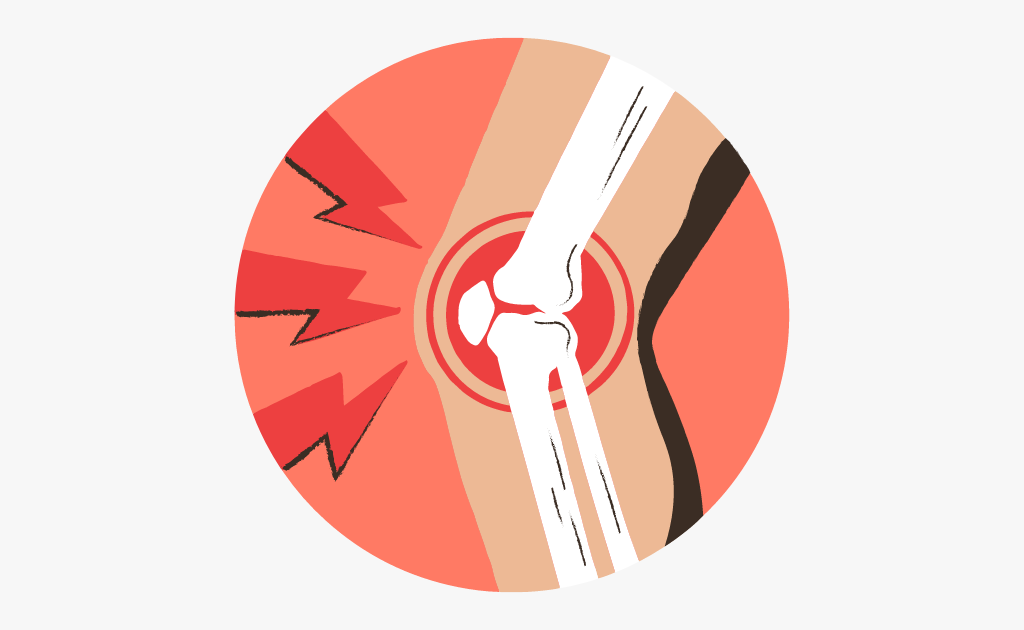
Osteoarthritis (OA) is the most common chronic joint condition, affecting an estimated 528 million people worldwide.1 It is a degenerative disease that develops as we get older. OA is sometimes referred to as degenerative joint disease, wear-and-tear arthritis, or degenerative arthritis.
A joint is the part of the body where bones meet to allow movement. The ends of these bones are covered in cartilage, a strong, flexible, protective tissue that also reduces friction and acts as a shock absorber. OA can cause cartilage loss or breakdown leaving bones unprotected, change bone shape, cause inflammation of joint linings, and weaken muscles around the joint. This compromises the joint resulting in a reduction of range of movement and can be painful.
OA can affect any joint in the body, but it is particularly common in the knees, hips, hands, fingers, feet, ankles, and spine.
The symptoms of osteoarthritis can vary in severity and develop slowly over many years. The most common symptoms of osteoarthritis may include:
Joint pain and stiffness: while using the joint you may experience pain or an increase in pain. This may also be after activities or at the end of the day. Joints may also be stiff in the morning or when you attempt to move it after resting.
Loss of flexibility or range of motion: you may notice a reduced range of motion (ROM) in the joint, as severity of OA increases the ROM of the joint will decrease.
Swelling and tenderness: irritation of the joint lining causes the production of extra joint fluid which causes swelling. This swelling is most commonly seen in the knees. Joints may become tender when pressing the affected areas.
Noisy joints: OA can cause joints to have creaking, cracking, popping, or grating sensations or noises as they are moved. It is worth noting that noises can come from joints at any age and alone should not be worried about as a sign of damage or wear-and-tear.
Bone spurs/growths: changes to the joint affected by OA may cause bony growths to form. These lumps of bone may be felt, especially if they occur in the finger joints.
Muscle weakness: joints affected by OA may feel unstable due to muscle weakness around the joint. This can cause instability or buckling, e.g., when your knee collapses or gives out.
Osteoarthritis is commonly known as wear-and-tear arthritis. Throughout our lives we use our joints, naturally this repetitive stress on the joint may cause damage, especially as we get older. The cumulative damage caused by a lifetime of use is one of the leading causes of OA.
Age is a primary cause of OA due to the more repetitive stress your joints have had during life. Joint damage and OA can also be a result of:
There are a range of risk factors that increase your likelihood of developing osteoarthritis.
Treatment of osteoarthritis is focused on symptom management.
Medication: There are several over-the-counter medicines available for the management of pain caused by osteoarthritis. There are both oral and topical (creams and gels) medicines available. Speak to your pharmacist about what’s right for you, and always read the label.
Weight management: carrying excess weight places your joints under increased stress. A reduction in weight reduces the pressure and strain on your joints. The improvement of symptoms from a weight loss of approximately 10% is said to be comparable to the effect of joint replacement surgery.2
Exercise: remaining active is recommended to strengthen the muscles around the joint, reduce stiffness and pain, and increase range of motion. Gentle, low impact activities are best e.g., walking, swimming, hydrotherapy, yoga, or tai chi.
Hot and cold therapy: applying a hot compress to a sore joint may reduce pain and stiffness. If your joint is inflamed apply a cold compress to reduce pain.
Surgery: If your joint is extensively damaged and a management plan is not helping, your healthcare professional may recommend surgery to repair or replace it. This is mostly done with knees and hips.
